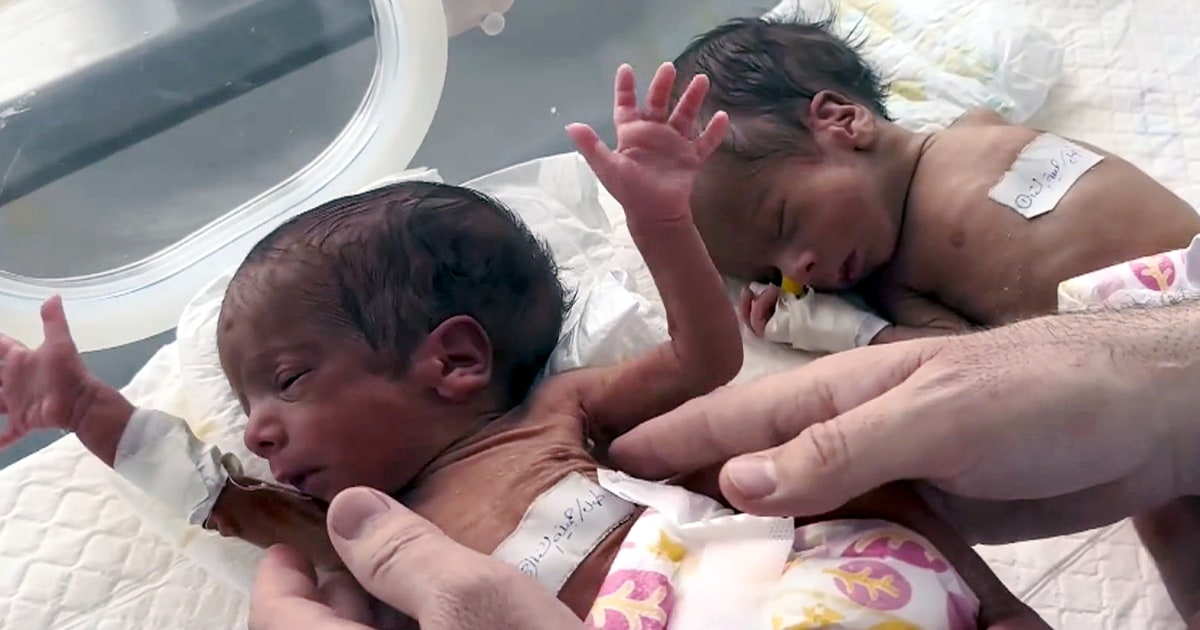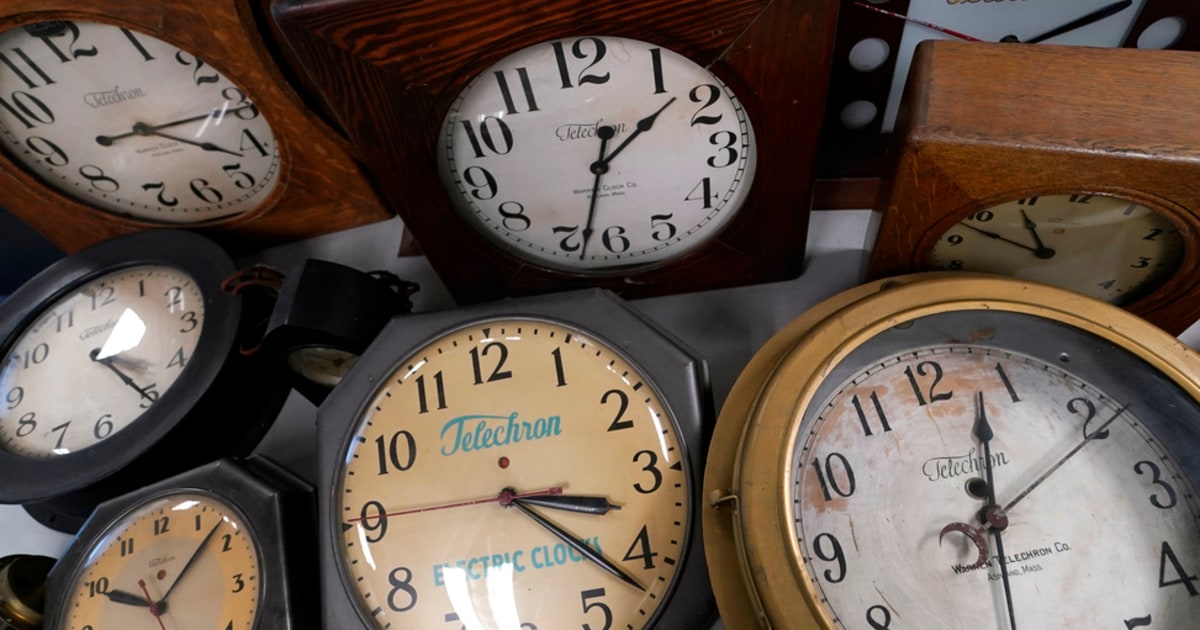Many parents of babies swear by osteopathy, for example when their baby cries a lot or sleeps poorly.
But how well and who does the gentle form of treatment really help?
"Actually every baby should have to see an osteopath after birth": Young parents sometimes hear sentences like these from midwives.
For example, when children scream a lot or sleep poorly.
Some paediatricians also recommend alternative medicine, and many parents swear by the holistic form of treatment.
But there are critics among experts.
And not all parents have good experiences.
Testimonials from mothers: "Osteopaths are like miracle healers"
Sumeika Hoffmann from Stuttgart is convinced of osteopathy.
“I went to an osteopath with all three girls after the birth
. I was particularly impressed with my second daughter. It always took her forever to get hold of her breast properly - one treatment and bang, from now on she was right the first time she put it on, ”she explains. “Osteopaths are like miracle healers. I know there are a lot of skeptics, but I believe it will work. "
"We went to an osteopath because our son had a preferred side as a baby and the pediatrician recommended it," reports another mother from Trier.
"I couldn't do much with it and when the osteopath explained to me that you could tell your future personality from the shape of your head, it became too
esoteric
for me
."
A physiotherapist was able to help her.
"
I was able to understand better what she was doing
because she explained it to me scientifically using muscles and tendons, while the osteopath only talked about blockages and birth trauma," said the mother.
Release blockages with osteopathy
Osteopaths only treat with their hands. According to the doctrine, which goes back to the American Andrew Taylor Still (1828-1917), diseases and disorders often arise when the body loses the ability to regulate itself. Every part of the body, every organ needs sufficient freedom of movement. The aim of osteopathic treatments is
to release
blockages *
and tissue tension
and restore mobility, according to the Association of Osteopaths Germany (VOD).
Osteopathy has been established in this country since the late 1980s. As the largest professional association, the VOD has more than 5,100 members.
Neither job nor training are officially recognized
. More than twelve million German citizens have already been treated by an osteopath, explains the VOD with reference to a Forsa survey.
The doctor and author Natalie Grams herself and her child received osteopathic treatment years ago.
She is now one of the critics.
For her book “Was Real Acts” (2020) she dealt with evidence of the effectiveness of gentle medicine.
Her conclusion for osteopathy: "
With the exception of certain back pain, there is virtually no evidence of a positive effect of an osteopathic treatment
, especially not in children."
"We are not fighters against osteopathy"
“There are procedures that are based on the anatomy of organs and the skeleton and that do manual physiotherapy. For example, if you stretch a muscle in babies with a congenital torticollis without damaging the tissue, you can still say:
yes, that makes sense, ”
admits Grams. “If I tend to stick to the visceral area of osteopathy, then I see this shortened muscle as an expression of an internal blockage, that the blood flow in the muscle is disturbed and the self-healing of the body is deregulated as a result. There is no proof of this. "
Some diagnoses that are made in children are at least questionable, such as
three-month colic
. “This is not a diagnosis in medicine. And the
KiSS syndrome was invented,
"says Grams about the so-called head joint-induced symmetry disorder Professional association of paediatricians, Jakob Maske. “We are not fighters against osteopathy. There are some good manual therapists out there who do a good job, ”he points out. But the BVKJ is opposed to certifying that every child has an illness so that they can receive therapy.
“Contrary to what has been described, there are good studies that
prove
the
effectiveness of osteopathy in the pediatric field
.
Even the assertion that there is basically nothing to be done therapeutically in the case of baby cribs and three-month colic is in vain ”, says a VOD statement on the criticism of Natalie Grams.
Important for babies: alternate positioning
There is great potential in the field of osteopathic research, says VOD chairman Marina Fuhrmann. “A study widely supported by the VOD has shown that osteopathy
leads to an improvement of between 50 and 80 percent
in the five most common problems parents see osteopaths -
sleep and feeding disorders, excessive crying, a flattened back of the head and infant
asymmetries. “Parents of around 1,200 babies were interviewed for the study.
Restlessness, a dented skull, screaming, drinking preferences, drooling, short sleep phases -
these are all part of a normal baby life, says Grams on the other hand
. “Taken in and of itself, it is not a condition that requires treatment. Anyone who claims this is at best ignorantly worried, at worst the person wants to earn money with the quite demanding phase of early childhood. "
Pediatrician Stephan Heinrich Nolte from Marburg criticizes that in maternity and children's clinics nowadays far too little attention is paid to the manual handling of the infant and changing the position of the babies, even in the prone position.
Rather, the exclusively supine position is recommended
- a cause of later recumbent injury or an asymmetry because the infants did not lie in the midline and developed a preferred posture.
This is then often treated by osteopaths.
You don't need an osteopath, you need better guidance in dealing with newborns in order to take countermeasures at an early stage.
That saves an expensive therapy later, so Nolte.
"Doctors have
forgotten
how to" handle ", how to lend a
hand,
and have left the vacuum to others."
More and more parents rely on osteopathy for newborns
According to Fuhrmann, treatment by an osteopath costs between 60 and 150 euros.
About 90 percent of the health insurance companies pay grants, including the AOK Nordost.
"Since the introduction of the statutes at the beginning of 2019, over 13,000 insured persons have taken advantage of this offer, of which around 2,400 were children between the ages of 0 and 2.
The trend is clearly upwards,
”reports a spokeswoman.
The DAK registered a similar development: “In
2018 we recorded around 4,900 reimbursements in the age group of 0 to 5-year-olds
, in 2019 it was just under 8,900.
That corresponds to an increase of over 80 percent, ”says speaker Stefan Suhr.
At Barmer, expenses for osteopathy for newborns rose from around 80,000 euros in 2017 to around 757,000 euros in 2019, says a spokesman.
In the meantime, some of the payments are being restricted again, for example at TK.
In 2012, it was the first to offer a partial reimbursement.
She covered 80 percent of the costs for a maximum of six osteopathic treatments in one calendar year.
It currently only takes part in a
maximum of three meetings per year.
(dpa) * Merkur.de is an offer from IPPEN.MEDIA.
Association of Osteopaths
Natalie Grams' column on osteopathy in babies
Also read
: Can babies already have Parkinson's?
Study comes to frightening results.
Trend from Japan: wellness with forest bathing
Trend from Japan: wellness with forest bathing







